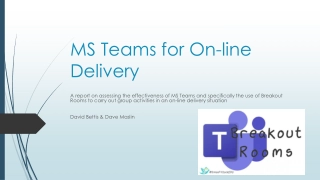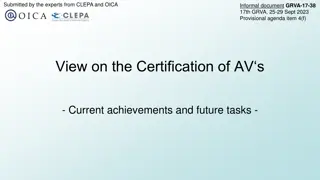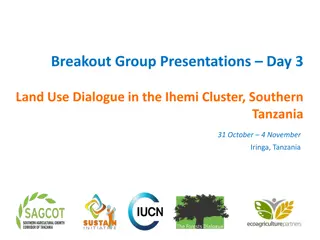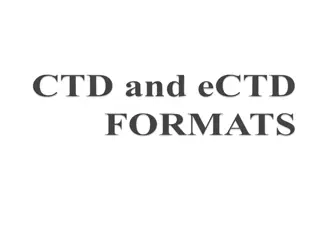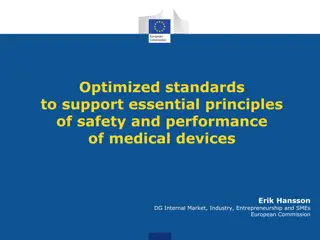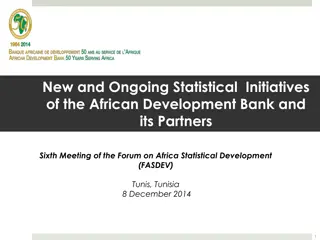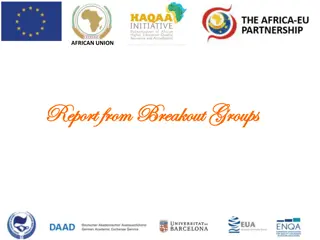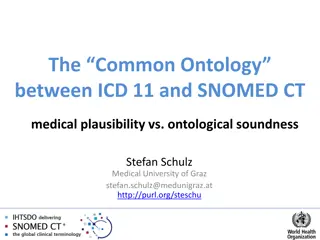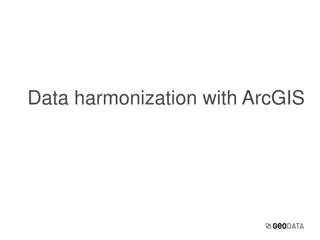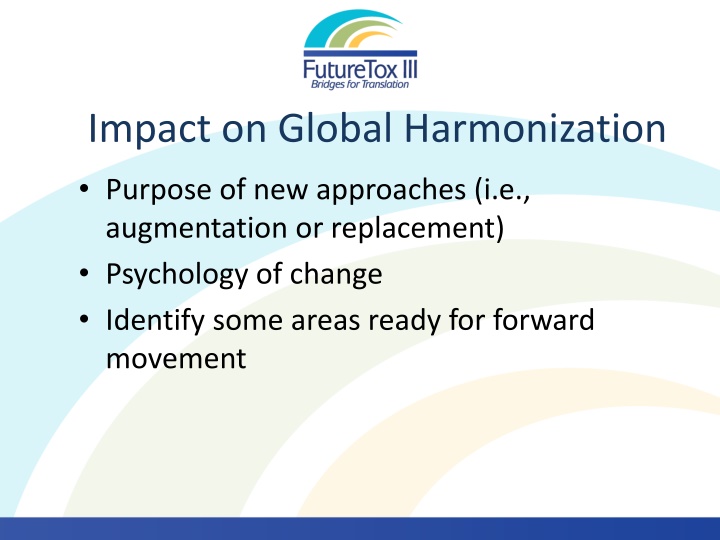
Areas Ready for Forward Movement in Global Harmonization Initiatives
Explore the psychology of change and the impact of new approaches in global harmonization efforts. Discover challenges and opportunities in areas such as in vitro platforms, strategic animal testing, and science acceptance. Address regulatory gaps, prioritize possibilities, and navigate through changes in the field of psychology with this insightful content.
Download Presentation

Please find below an Image/Link to download the presentation.
The content on the website is provided AS IS for your information and personal use only. It may not be sold, licensed, or shared on other websites without obtaining consent from the author. If you encounter any issues during the download, it is possible that the publisher has removed the file from their server.
You are allowed to download the files provided on this website for personal or commercial use, subject to the condition that they are used lawfully. All files are the property of their respective owners.
The content on the website is provided AS IS for your information and personal use only. It may not be sold, licensed, or shared on other websites without obtaining consent from the author.
E N D
Presentation Transcript
Impact on Global Harmonization Purpose of new approaches (i.e., augmentation or replacement) Psychology of change Identify some areas ready for forward movement
In vitro platforms and in silico models Many possibilities, how to prioritize? How do you vet them for fit for purpose? Identify regulatory gaps Repro/developmental tox Neurotox Immunotox
In vitro platforms and in silico models Strategic animal testing based on in vitro assays Microphysiological systems offer more complexity but missing integrative systems (i.e., neuro, hormonal) Concerns Most cells don t have much metabolite capability Primary cells vs. cell lines Don t contain all cells types found in situ Lack of genetic diversity (also reflected in classical nonclinical and clinical trials)
Accept change Education (next generation and current practioners) Importance of consortia including all stakeholders Time needed to learn is a concern People resistant to change due to uncertainty
Accept change Will science move from yes/no to probabilities How will that be accepted in different sectors Acceptance may be improved as we move from apical endpoint to molecular understanding Start in area where risk of wrong answer is low and where level of uncertainty can be tolerated
Audience Scientist to scientist (regulators need to understand how new methods can improve risk assessment Consumers and Congress just want assurances, not how you got there
Challenges New methods have a higher bar than current gold standards
Challenges New methods have a higher bar than current gold standards Common language across global space
Identify areas to move forward Focused on short term opportunities Skin and ocular sensitization Acute tox Notes Exposure needs to be factored in Reference libraries needed within context of use; can we establish global criteria

